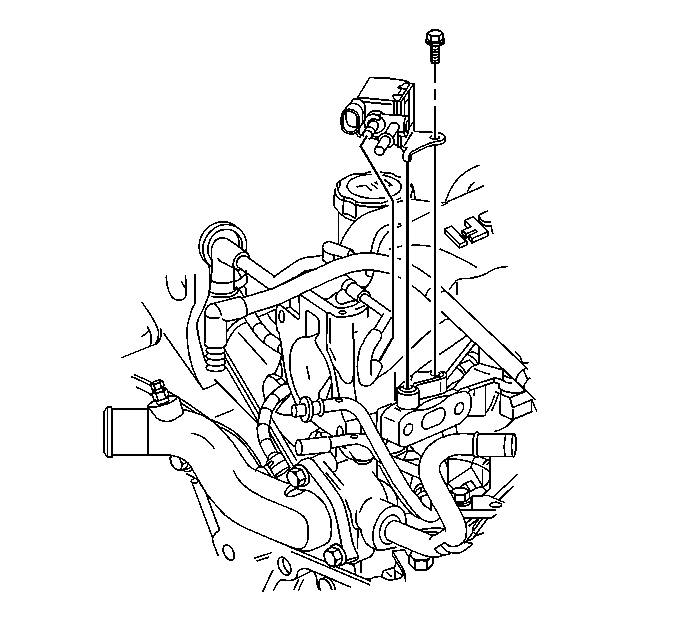The basic evaporative emission (EVAP) control system used on this vehicle is the charcoal canister storage method. This method transfers fuel vapor from the fuel tank to an activated carbon storage canister to hold the vapors when the vehicle is not operating. When the engine is running, the fuel vapor is purged from the carbon element by the intake air flow and consumed in the normal combustion process.
The canister purge is controlled by a solenoid valve that allows manifold vacuum to purge the canister. The powertrain control module (PCM) supplies a ground to energize the purge valve . The EVAP purge control is pulse width modulated (PWM) or turned ON and OFF several times a second. The pulse width is determined by the engine operating conditions including the engine load, the throttle position, the engine coolant temperature, and the ambient temperature. The pulse width is calculated by the PCM.
Poor idle, stalling and poor driveability can be caused by:
| • | Malfunctioning purge solenoid. |
| • | Damaged canister. |
| • | Hoses split, cracked and/or not connected properly. |
EVAP Canister
The EVAP canister, filled with charcoal pellets, stores the fuel vapors from the fuel tank. Vacuum is pulled from the fuel tank through the vapor pipe. Fresh air is mixed with the vapors and pulled to the intake manifold from the canister through the purge line. The engine vacuum purges the EVAP canister during normal driving.
EVAP Canister Purge Valve

When energized, the EVAP canister purge valve allows the fuel vapor to flow from the EVAP canister to the engine. The normally closed valve is pulse width modulated by the PCM in order to precisely control the vapor flow. The EVAP canister purge valve opens in order to create a vacuum in the fuel tank .
